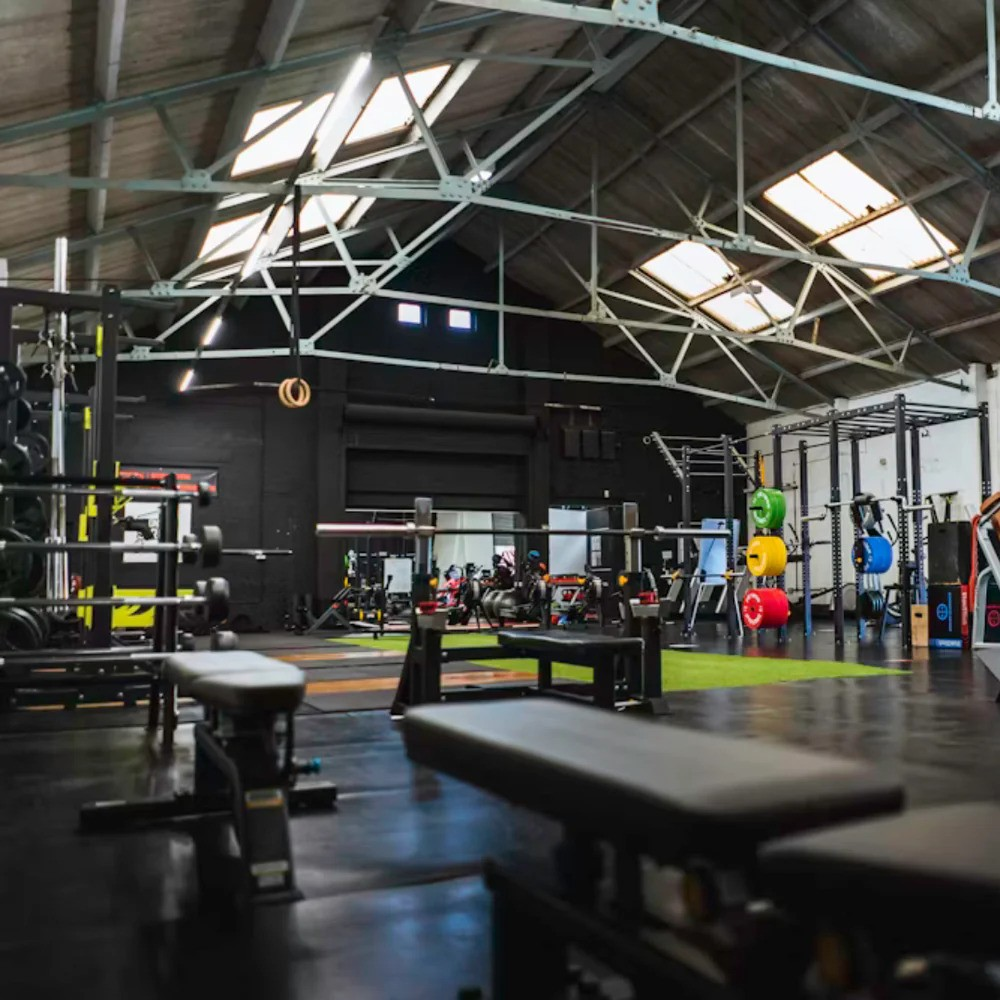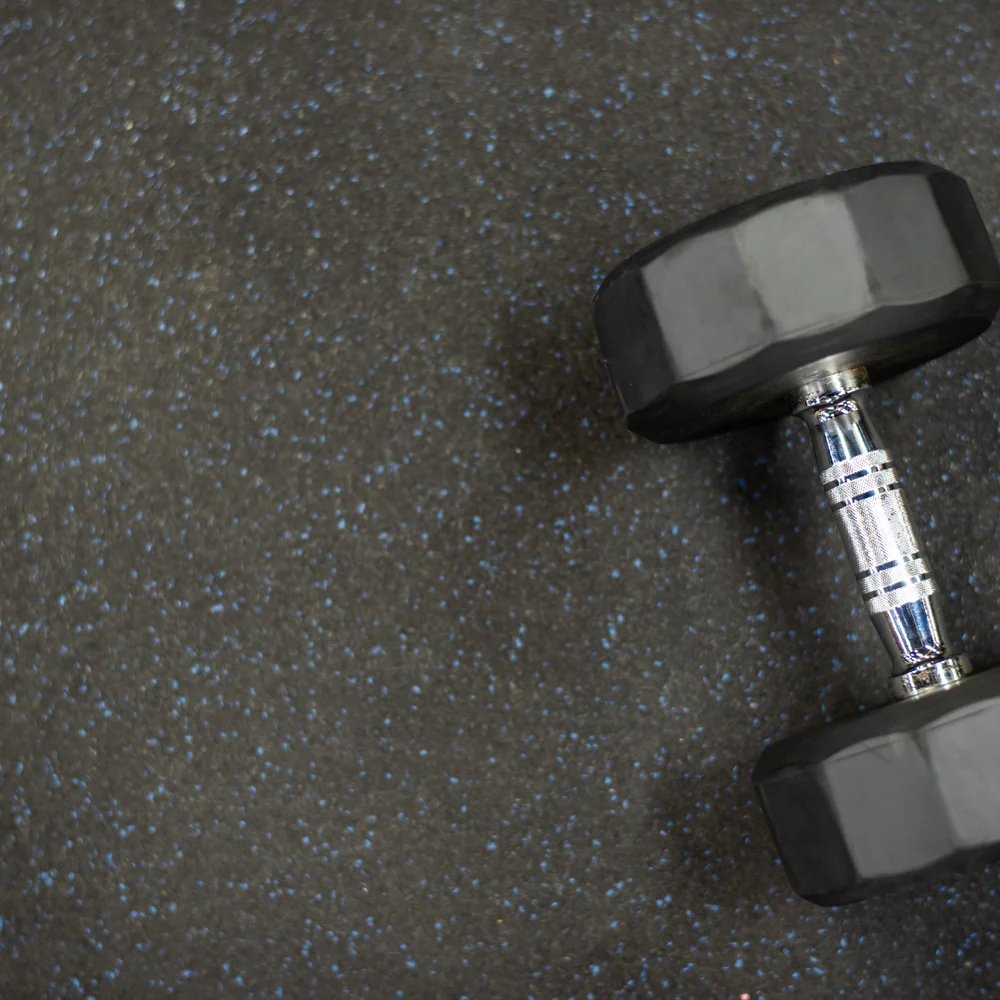The Differences between Commercial Gym Equipment and Home Gym Equipment
The fitness industry offers a wide variety of equipment tailored to meet the needs of different users, and the choice between commercial gym equipment and home gym equipment is significant. Understanding the differences between these two categories is crucial for anyone looking to set up a gym, whether at home or in a commercial setting.
Durability and Build Quality
One of the most notable differences is the durability and build quality of the equipment. Commercial gym equipment is designed for heavy, continuous use. It is built with high-quality, robust materials that can withstand the wear and tear of being used by multiple people throughout the day. These machines often have a longer lifespan and are less likely to break down under heavy usage. In contrast, home gym equipment is typically designed for lighter use. While still robust, it often uses lighter materials and components to keep costs and space requirements down. This makes home equipment more suitable for personal, less frequent use.
Cost
Cost is another significant differentiator. Commercial gym equipment is considerably more expensive than home gym equipment. The high cost is attributed to the premium materials, advanced technology, and durability that commercial-grade equipment offers. Additionally, commercial machines often come with extended warranties and service contracts that add to the overall cost. Home gym equipment, on the other hand, is more budget-friendly. Manufacturers balance quality with affordability, making it accessible for personal use without the high price tag of commercial equipment.
Space and Size
Space considerations also play a crucial role. Commercial gym equipment is typically larger and requires more space, both for the equipment itself and for safe usage. Gyms are designed to accommodate multiple pieces of large equipment, allowing users ample space to move around. Home gym equipment is generally more compact and often designed to be foldable or easily stored away when not in use. This compactness makes it suitable for home environments where space is limited.
Functionality and Features
Commercial gym equipment often comes with a wide range of features and functionality to cater to a diverse clientele with varying fitness levels and goals. These machines offer advanced features like programmable workouts, higher resistance levels, and interactive displays. They may also include connectivity options such as Bluetooth or Wi-Fi, allowing users to sync their workouts with fitness apps and trackers. Home gym equipment tends to offer fewer features, focusing on basic functionality and ease of use. While some high-end home equipment may include advanced features, the overall range is usually more limited compared to commercial options.
Maintenance and Service
Maintenance and service are other critical aspects where commercial and home gym equipment differ. Commercial gyms require regular maintenance due to the high usage rates, and they often have dedicated staff or service contracts with manufacturers to ensure equipment stays in optimal condition. These machines are built to be easy to service, with readily available parts and support. Home gym equipment, due to its lighter usage, generally requires less frequent maintenance. However, when maintenance is needed, it can be more challenging to find service options, and users may have to rely on manufacturer support or third-party technicians.
Aesthetics and Design
The design and aesthetics of commercial gym equipment are often more polished and professional, aimed at creating an inviting and motivating environment for users. These machines are designed to be visually appealing and ergonomic, enhancing the overall gym experience. Home gym equipment, while still focusing on functionality, often incorporates design elements that allow it to blend into a home environment. This can include more muted color schemes and compact designs that make it less obtrusive in a residential setting.
User Experience
The user experience with commercial gym equipment is generally superior due to the advanced features, durability, and stability. These machines are designed to provide a seamless workout experience for users of all fitness levels, with smooth operation and minimal downtime. Home gym equipment, while functional, may not offer the same level of user experience. The lighter build and fewer features can result in a less robust workout experience, though it remains highly effective for personal fitness routines.
In conclusion, while both commercial and home gym equipment serve the purpose of facilitating physical fitness, they are designed with different priorities in mind. Commercial gym equipment emphasizes durability, advanced features, and a high-quality user experience suitable for a wide range of users. Home gym equipment focuses on affordability, space efficiency, and adequate functionality for personal use. Understanding these differences can help individuals and gym owners make informed decisions based on their specific needs and circumstances.




Comments
Post a Comment